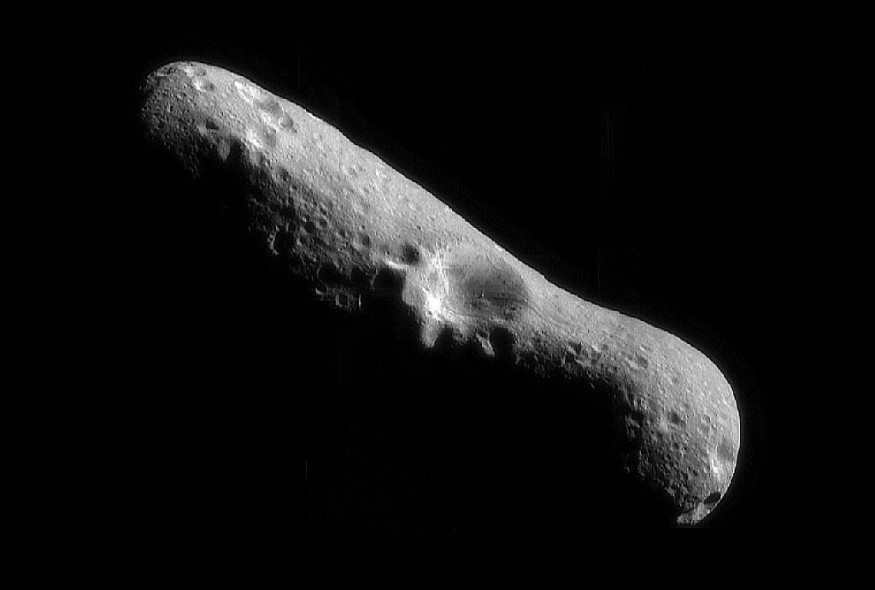While many scientists believe they will never know the actual answer, one group has proposed an ambitious proposal to deploy a probe to track the mysterious space object known as 'Oumuamua as it moves further and further away from Earth.
According to Forbes, 'Oumuamua crashed astronomers' preconceptions about how tiny planets from another star system would seem. It traveled too quickly to be an asteroid (it was speeding), it left no debris trail so that it couldn't be an ice comet, and its brightness changed.

Chasing 'Oumuamua
After the Pan-STARRS1 Near-Earth Object survey identified 'Oumuamua on Oct. 19, 2017, scientists noted various abnormalities that indicated the object didn't resemble previous asteroids seen in our Solar System.
For example, shortly after scientists found 'Oumuamua, it altered speed, deviating from the projected route. In addition, the unusual item left no trash in its wake. Professor Avi Loeb, a Harvard astrophysicist, and his team notably proposed that 'Oumuamua was an interplanetary extraterrestrial spaceship or at least a component of one.
'Oumuamua is already beyond the reach of even our most powerful telescopes, but the differences are too interesting not to investigate further. That is why the Initiative for Interstellar Studies (I4IS) has released a new study titled "Project Lyra: A Mission to 1I/'Oumuamua without Solar Oberth Manoeuvre." They laid up their ideas for Project Lyra, a mission that would launch a solar sail probe to track down and investigate 'Oumuamua before it disappeared forever.
ALSO READ : Scientists Now Identified the Mysterious Interstellar 'Oumuamua' Found in Hawaii and It's Not What You Think
A fractal dust aggregation, a hydrogen iceberg, a nitrogen iceberg, an alien solar sail, bits of a tidally disturbed planet, and other theories have been proposed to explain the nature of 'Oumuamua, according to the authors of the research. Every explanation has one thing in common: they're all remarkable.
A Solar Sail Mission With Jupiter's Help
According to the latest article, a mission might start in early 2028 and arrive at 'Oumuamua between 2050 and 2054, depending on its speed and travel direction as it exited our Solar System. It would orbit the Earth twice, Venus once, and Jupiter once for the first four years of the mission to acquire gravity assistance before heading towards the mysterious space object.
Solar sail technology, demonstrated in the Planetary Society's LightSail 2 proof-of-concept mission, would aid in the probe's pursuit of 'Oumuamua. The project, like Breakthrough Starshot's plan for a light sail probe that may reach our closest star system, Alpha Centauri, within two decades of launch, would use a photon sail propelled at least partially by a laser on Earth.
Other groups have suggested expeditions to 'Oumuamua, but most of these have relied on conducting an Oberth maneuver around the Sun. To put it another way, once the probe approaches the Sun's gravitational well, its thruster will activate, giving it a significant speed boost. Instead, the I4IS team advocated using an Oberth maneuver around Jupiter, which would need a large shield to guard against the Sun's heat and radiation. The authors said the expedition would be considerably more similar to current interplanetary missions. Due to Jupiter's present orbital alignment, the launch date would have to be no sooner than February 2028.
Check out more news and information on Space in Science Times.












